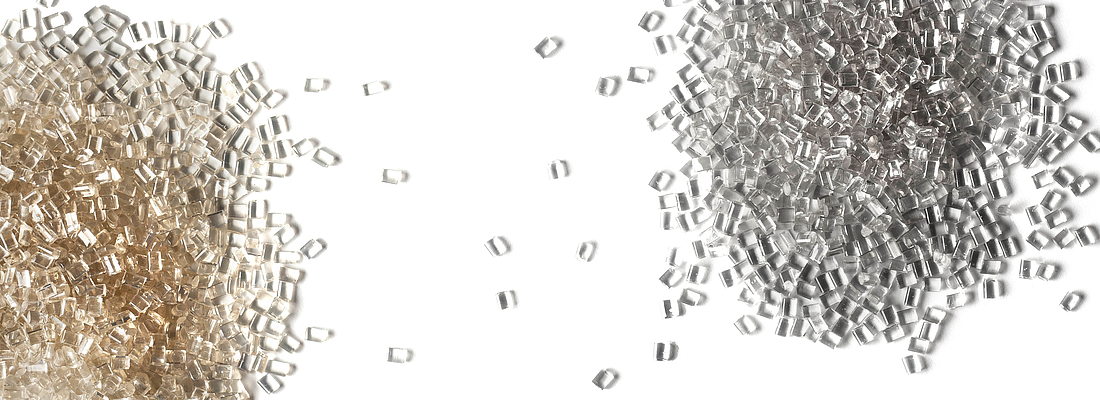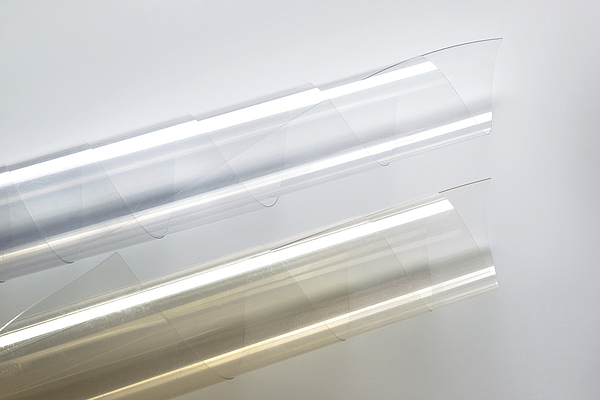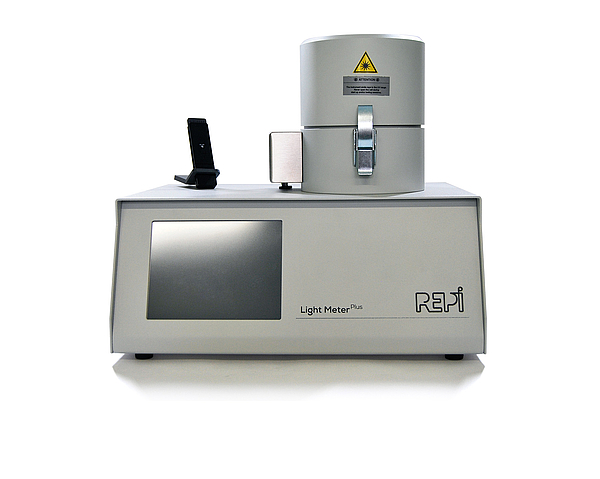
Today, practically everywhere in Europe, garbage is collected and sorted by materials: paper and cardboard, glass, aluminium and metal, plastics, even organic substances. But sorting alone is not enough and further effort is needed: let there be packaging, and let’s make it “sustainable”: reusable or recyclable, so as to avoid constantly using new materials for it, as well as energy resources.
The “new plastic economy” as defined by Ellen MacArthur Foundation is on everyone’s lips. Brand Owners set goals of raising recycling rates, packaging converters share them, the European Commission and the United Nations make them more challenging, consumers look more and more for sustainable products.

With those goals and deadlines in mind, materials are chosen which on the one side must attract the buyer’s attention and on the other side can be used again, and again. Speaking specifically of packaging – for food or drink products, for cosmetics, for small electronic items, etc. – the first choice today is PET and we know very well why: PET is a light material, totally transparent, suitable for the food industry... and also because PET is easily recycled, to produce either the same packaging again, or other useful items, such as fibre, fabric, strap, car parts and other injection-moulded parts.
So the question seems solve - but in fact, the matter is not so simple. Depending on the type of recycling, PET can lose some of its exclusive qualities – such as strength, connected to its intrinsic viscosity, or its transparency due to the crystallisation of the material and though the material reacquires all its qualities thanks to the “bottle-to-bottle” recycling processes (to the same level as virgin PET), one problem nonetheless remains: recycled PET has a greyish, yellowish or even a greenish tinge. This is merely a visual matter, but affects its attractive appearance. Transparent packaging with a yellowish shade is not well taken by the buyer, and can become the reason for a lost sale.


To help in this situation, Repi provides a range of additives that act on the aesthetics of R-PET and are able to bring it back as it was freshly produced: the Anti Yellow Additives range comprises different grades able to correct, balance and stabilise the L - a or b CieLab values on a case by case basis. Yes, because as we know the incoming material can vary a lot from batch to batch.
So happens that yellowish PET can be corrected by Anti Yellow REMAP 00015, that acts on the “b” index (yellow- blue axis). With the same metrics, Anti Yellow REMAP 00201 helps not only to neutralize yellowness (b value), but it also avoids the “L” drop, that is it prevents R-PET to lose brightness and therefore to become greyish (brightness-darkness axis). Anti Yellow REMAP 00153 is useful instead with greenish incoming material (green-red axis).
The table below shows the behaviour of Anti Yellow Additives, at two different LDR versus R-PET reference. The best results achieved by each code are marked in green.
These liquid additives can be added at different stages of the chain: during R-PET production or directly into the screw of the injection moulding or extrusion lines. Especially this second option gives the user extreme flexibility, who could evaluate and choose the best additive according to the specific incoming material batches. Results are granted even with very limited dosages, which set normally between 0,005% and 0,01%.
Such Analysis is being performed by REPI Light Meter: a preform colour consistency control instrument, which offers a scientific alternative to visual control for all coloured and transparent preforms. The instrument is equipped with a light source and several sensors able to catch, at different levels of sensitivity, light passing through the preform wall to the test cell. The sensor system gives electrical signals proportional to the amount of light passing through the preform wall.

Light Meter is often used in production to check preforms before they move to the blowing stage.
We know that things can only change with serious and proactive support by all stakeholders, from legislators, to raw materials and packaging suppliers, to consumers. Co-operation across the entire value chain is key to make recycling a reality and overcome the idea that plastic is bad.
The path to reach the goal is long and the room for improvement wide, but smart and feasible solutions exist already; we just need to adopt them in a systematic way.

The comPETence center provides your organisation with a dynamic, cost effective way to promote your products and services.

magazine
Find our premium articles, interviews, reports and more
in 3 issues in 2025.


